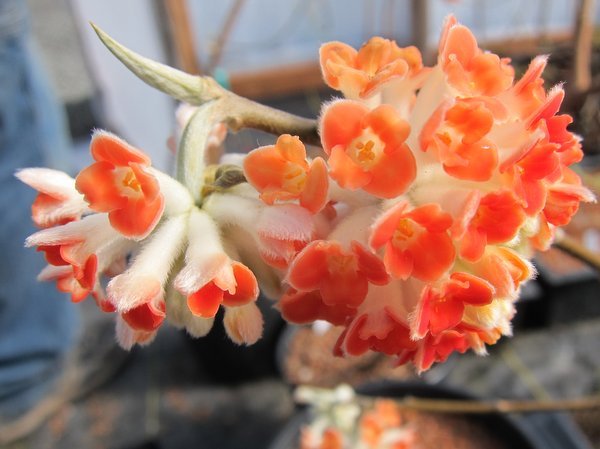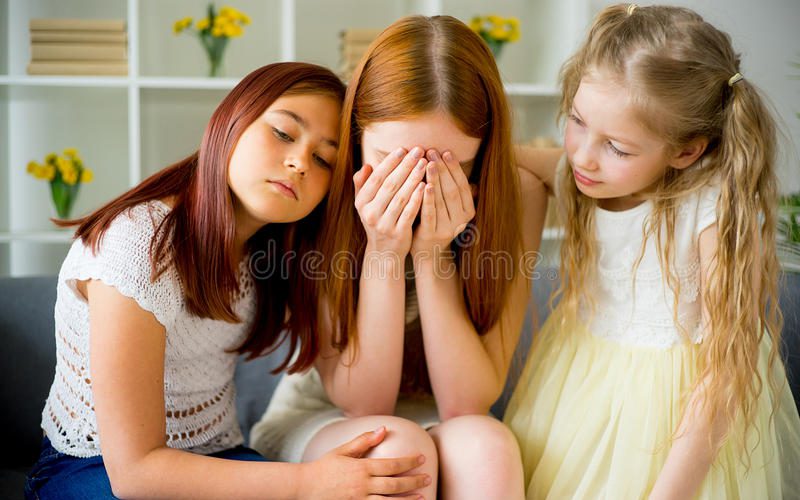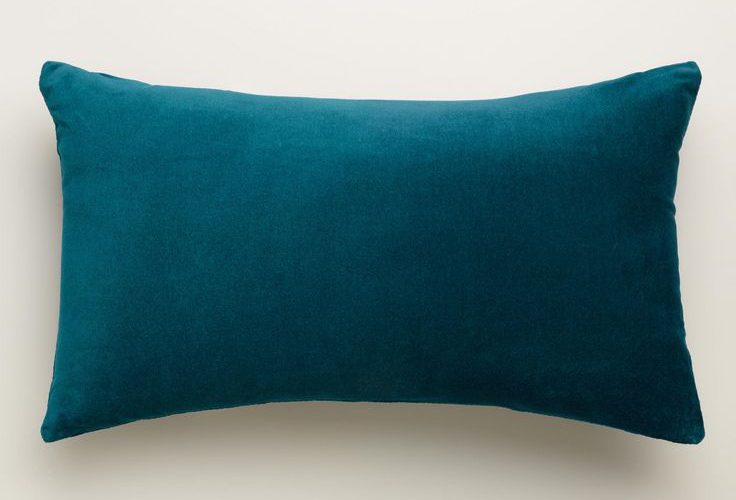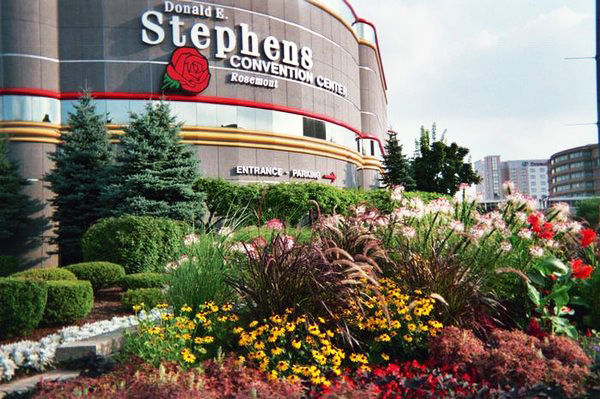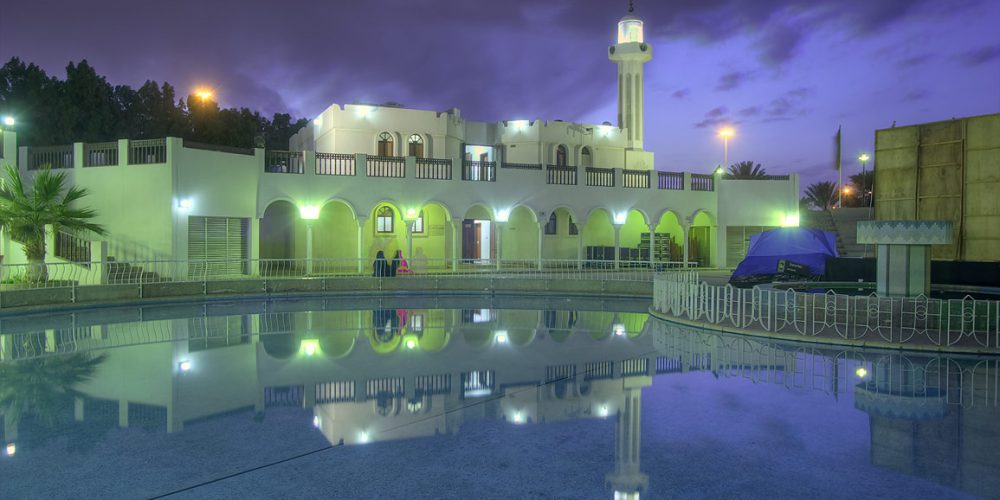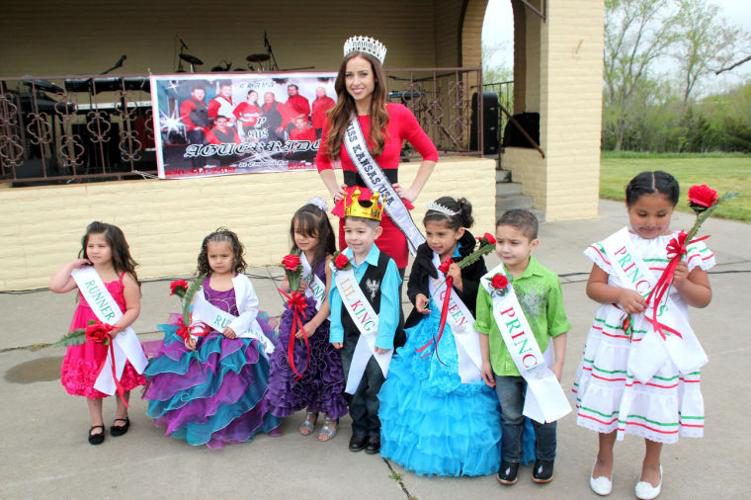Fill your life with wonder

The natural world is full of wondrous visual tricks, from the eerie glow of floating fireflies to the ever-changing camouflage of chameleons. But for many people perhaps the most fascinating of all is iridescence – the shimmering, jewel-like colours of butterfly wings or peacock feathers that magically morph their multifaceted shades in front of your very eyes, depending on the angle of the light. But the miracle of iridescence is not something limited to the animal kingdom. It is displayed by a range of easy-to-grow plants that thrive in the deepest, darkest shade. These plants appear to glow fluorescent blue, turquoise or purple, literally bringing light to the darkness, making them perfect candidates for dingy plots or light-starved living rooms.
Why quite a large range of unrelated plants seem to have independently evolved the ability to flash light around in dark tropical forest floors has long been a puzzle for scientists. But recently joint research at the Universities of Bristol and Essex made an amazing discovery. It turns out that special structures called “iridoplasts” help plants make better use of the longer wavelengths of green light that filter down to the forest floor by bending it using layer after layer of translucent membranes, 1,000 times thinner than a human hair. The combined side-effects of absorbing green light (rather than reflecting it as most plants do) and these weird light-bending layers is a gorgeous metallic blue hue that baffles human observers.
A number of these plants are available to home gardeners willing to do a bit of internet hunting through independent nurseries, especially those specialising in plants for vivaria (planted tanks for keepers of exotic pets). They tend not to be hardy, but make excellent bedding plants for the summer months and houseplants year-round. The cheapest and most common is peacock spikemoss (Selaginella uncinata) – a creeping, fern-like plant whose foliage shimmers turquoise to pink. It’s a rapid spreader, too, colonising the floor of terraria in a 5-10cm high carpet within weeks. Its much larger relative, Selaginella willdenowii, grows to about 30cm high and looks great pouring from troughs or hanging baskets if you can give it the humidity it needs.
Much rarer, but worth all the effort, is the spectacular peacock begonia, Begonia pavonina. It is diminutive enough to fit into some of the smallest terraria, but hailing from the highlands of the tropics won’t demand lots of warmth. In fact, it develops the most intense hue and grows most happily at temperatures as low as 10C, so it’s a great option for a cool room or a bedding plant in cooler, shadier areas. Finally, if you are into aquascaping (gardening in aquariums) or sealed terraria, there is a beautifully iridescent tiny aroid called Bucephalandra ‘Deep Purple’ that makes gorgeous 10cm rosettes, like a sort of bonsai-sized calla lily (Zantedeschia), right down to tiny pink and white trumpet flowers. Magical.

